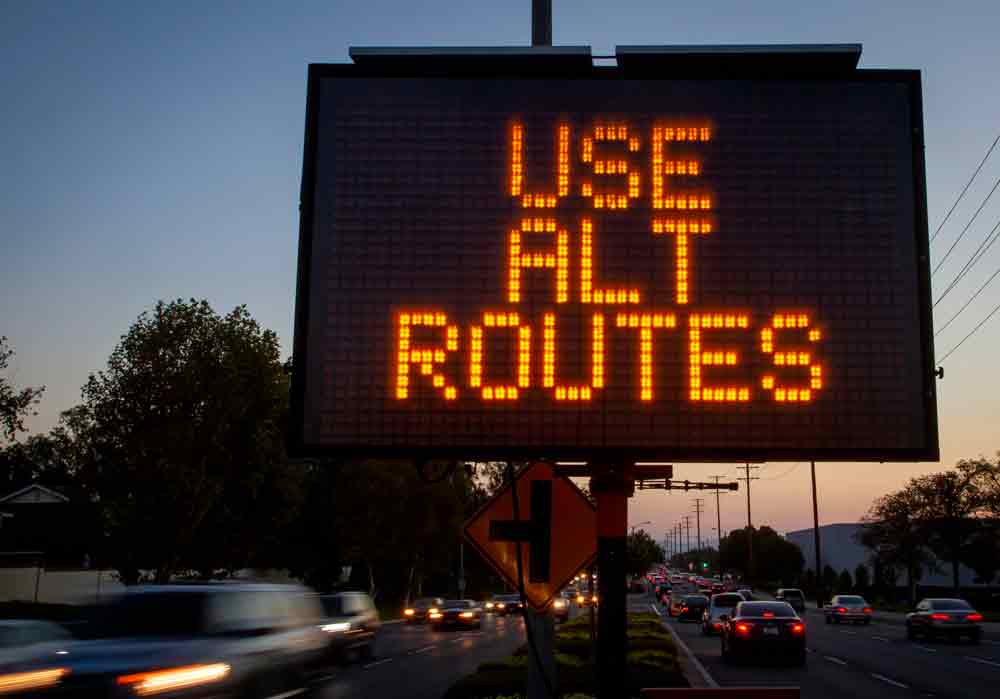
Organizational Contingency Plans: Defined, Fluid, Crucial
By TorchStone VP, Scott Stewart
Over the past several weeks I’ve spoken with people from a number of organizations with people or assets in Ukraine or other parts of Eastern Europe who are concerned about the threat of a potential Russian invasion of Ukraine.
Understandably, many of these discussions have centered on contingency plans, trip wires, and threat levels.
I would like to share here with a broader audience a couple of high-level concepts concerning contingency plans that have arisen from these discussions.
No Contingency Plan is Ever Perfect
Certainly, great care should be taken in planning, and plans must be well-conceived—and practiced where possible. In many cases, a poorly conceived plan can prove worse than no plan at all and can result in those following it placing themselves in greater danger.
However, while planning should be done carefully and intentionally, the quest for perfection should never be allowed to paralyze the planning process.
General George Patton was right when he said, “A good plan violently executed now is better than a perfect plan executed next week,” especially when next week is too late.
Furthermore, it is impossible to create a perfect plan. It is simply not possible to foresee every conceivable development that could arise during a crisis.
Plans must be crafted as fluid, flexible, and living guidelines that can be adapted as the situation on the ground changes.
If plans are too rigidly constructed, or too rigidly held, they can become brittle and shatter into useless shards. Because of this, it is best to create flexible contingency plans that account for multiple scenarios and that include alternate courses of action.
It is Hard to Build an Airplane in Flight
Even though contingency plans are certain to be imperfect, it is still better to have an imperfect plan to work from—and adapt to a rapidly developing situation on the ground—than it is to have no plan at all and to be forced to create one on the fly.
During a crisis, there is likely to be panic, confusion, physical impairment, and other factors that will make it difficult to think much less plan. These factors often combine to cause paralysis as people simply don’t know what to do.
It is not uncommon during a disaster to see people wandering around aimlessly, or simply frozen in shock. They were not prepared for the disaster and simply did not know how to respond appropriately.
Communications are also prone to go out during a crisis due to damage to infrastructure, sheer overloading of the circuits, or intentional shutting down of the systems by the government. This can make it difficult if not impossible to transmit instructions to employees or colleagues.
Having a plan to provide guidance can help guard against shock and paralysis.
Communicate the Goal and Test
Plans should clearly articulate key concepts and principles so that those executing the plan can attempt to follow them even if the granular instructions in the plan break down.
For example, if the people in an office in city X know that the plan is to meet at an identified rally point in town Y in the event of a disaster, they can attempt to reach the rally point even if the primary and secondary routes outlined in their plan are blocked and communication channels are down.
Plans can become outdated and therefore must be updated to ensure they are still valid.
A real-life example I frequently use to illustrate this point is that while I was stationed at the U.S. Embassy in Guatemala, our emergency evacuation plan had designated a particular soccer field to be used as a helicopter landing zone. However, when the field was purchased by a developer who constructed a high-rise building on the lot, we had to identify an alternative landing zone for our plan.
The best way to validate a plan is to practice it—and to do so in conditions as close to crisis conditions as possible. For example, test routes during rush hour, instead of at times when there is no traffic on the street.
Having a contingency plan that employees are familiar with and drilled on will ensure that everyone knows what to do when a disaster strikes, even when they can’t communicate with the rest of the team.
It is even better when contingency planning is coupled with the proper preparation. For example, when offices or residences are stocked with emergency items such as smoke hoods, flashlights, first aid kits, drinking water, emergency rations, emergency communication systems, etc.
During a crisis, a well-conceived, updated, and tested contingency plan is worth its weight in gold. While your organization may not be impacted by the current situation in Ukraine, make no mistake, the next crisis is coming and it is prudent to be prepared.
